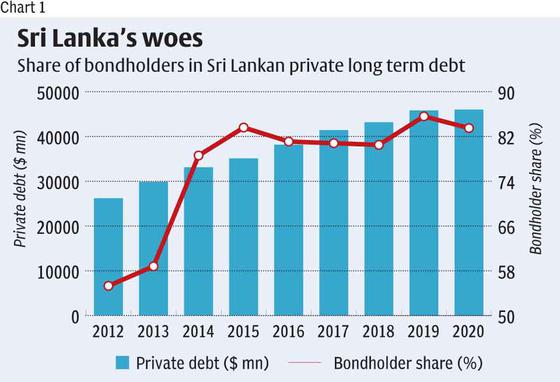900 319 0030
enquiry@shankarias.in
Sri Lanka has reached a staff-level agreement (formal arrangement) with the IMF that promises access to 29 billion dollar over a 4-year period.

References